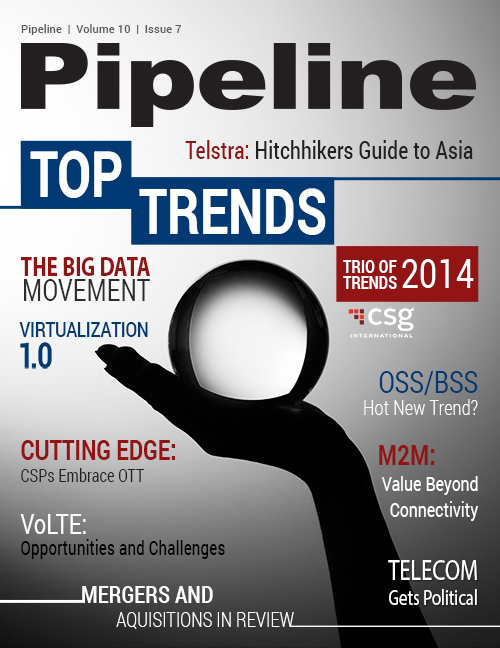Network Virtualization 1.0
“Network appliances that were once [physical appliances] like dedicated networking nodes, will soon be running in server farms which will consist of: SBCs [session border controllers], UC [unified communications] solutions, mobile applications, CDNs [content distribution networks], and cache servers as well as enterprise CPE [customer-premises equipment] like firewall[s], load balancers, application accelerators, etc.,” Akshay Sharma, a research director in the carrier-network infrastructure group at Gartner Research said. “Those solutions [will be] hosted in servers.”
There’s also a standardization issue that needs to be fixed before CSPs can go all the way. In the meantime, small steps toward full virtualization will help cut costs while providers figure out how to integrate virtual and physical network elements.
“With the promise of greater network flexibility, planning, uptime, and better management, as well as OPEX [operational expenditures] and infrastructure savings, software-defined networking is hailed by some in the industry as the ‘holy grail’ of networking,” wrote Saro Velrajan at SDNzone.com. “But we need to take it one step at a time—and that first step is creating a hybrid system. Within the next few years, network operators will inevitably become involved with SDN to some degree.”
The latest research from Dell’Oro Group, “Data Center Disruptors Advanced Research Report” the SDN market will grow more than six-times the size over the next half-decade, the vast majority of which will be ethernet switches and network security appliances, which is predicted to deliver 75 percent of total sales revenue in 2013.
“Almost every major ethernet-switch vendor with exposure in the data center is announcing significant new products,” Dell’Oro Group VP Alan Weckel said. “For ethernet switching, data-center share will become an increasingly important metric for three reasons: almost all revenue growth in the market over the next five years will come from data-center products; vendors will have to fight each other for ever fewer, although larger, deals; and SDN is changing who owns application and network control points.”
So while there’s no denying that SDN is taking hold, until it finally does, CSPs are faced with the challenge of managing both virtual and physical assets and architectures simultaneously. Meanwhile, NEMs are trying to find their way as virtualized equipment threatens to completely disrupt their business.
In the past fiscal quarter Cisco and Juniper Networks have both launched solutions to address this very issue. Cisco’s answer to SDN, Application Centric Infrastructure, is built with an architecture that can manage both physical and virtual networking and promises to drive down application-deployment times from months to minutes. And MetaFabric, the solution from Juniper, brings together disparate data centers with both virtual and physical assets. Both solutions are focused on rolling out new applications quickly in a hybrid environment.
“IT leaders have been seeking a network that can keep up with the rigorous demands of their business, leverage the cloud in a smart and evolutionary way and provide innovative solutions to secure both the infrastructure and data,” said Rami Rahim, executive VP of Juniper Networks’s platform systems division said. “For the first time, MetaFabric will allow companies to operate multiple data centers—physical and virtual, private and cloud—as a single, flexible pool of network resources, providing tremendous levels of flexibility and efficiency as enterprises and service providers shift toward an application-driven world.”
vCPE
In October, Telefónica and NEC Corporation announced a joint Brazilian trial of virtual customer-premises equipment (vCPE). Aside from the savings that come from being able to manage the physical assets, the software-based equipment is more easily controlled on the CSP side, ultimately making it far easier for CSPs to sell their customers new services. Waiting for truck rolls and scheduling time with a service technician is a serious barrier to buying new services for many customers. But with customer-premises NFV, new services and increased bandwidth can be installed in a customer’s home in mere minutes.


















